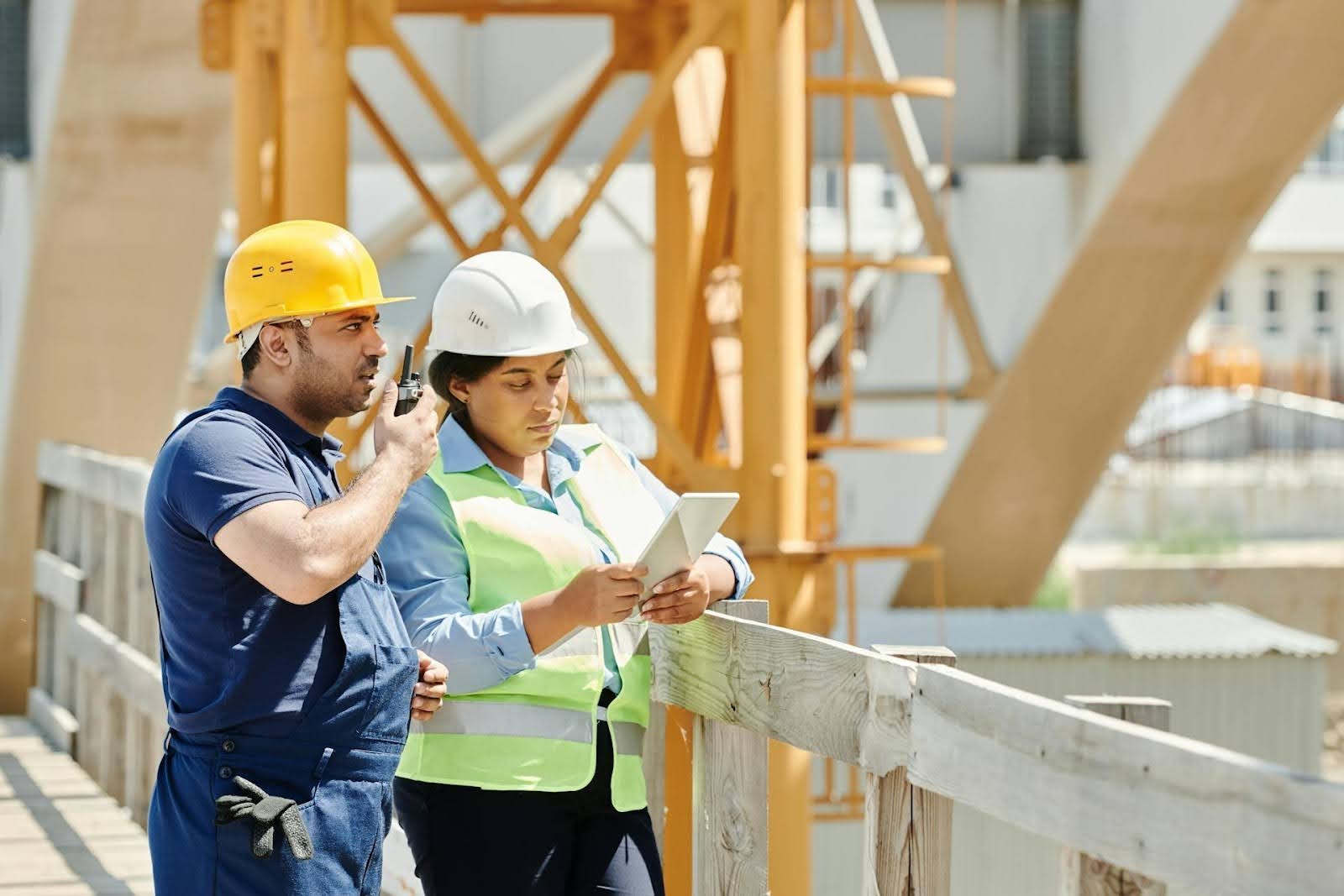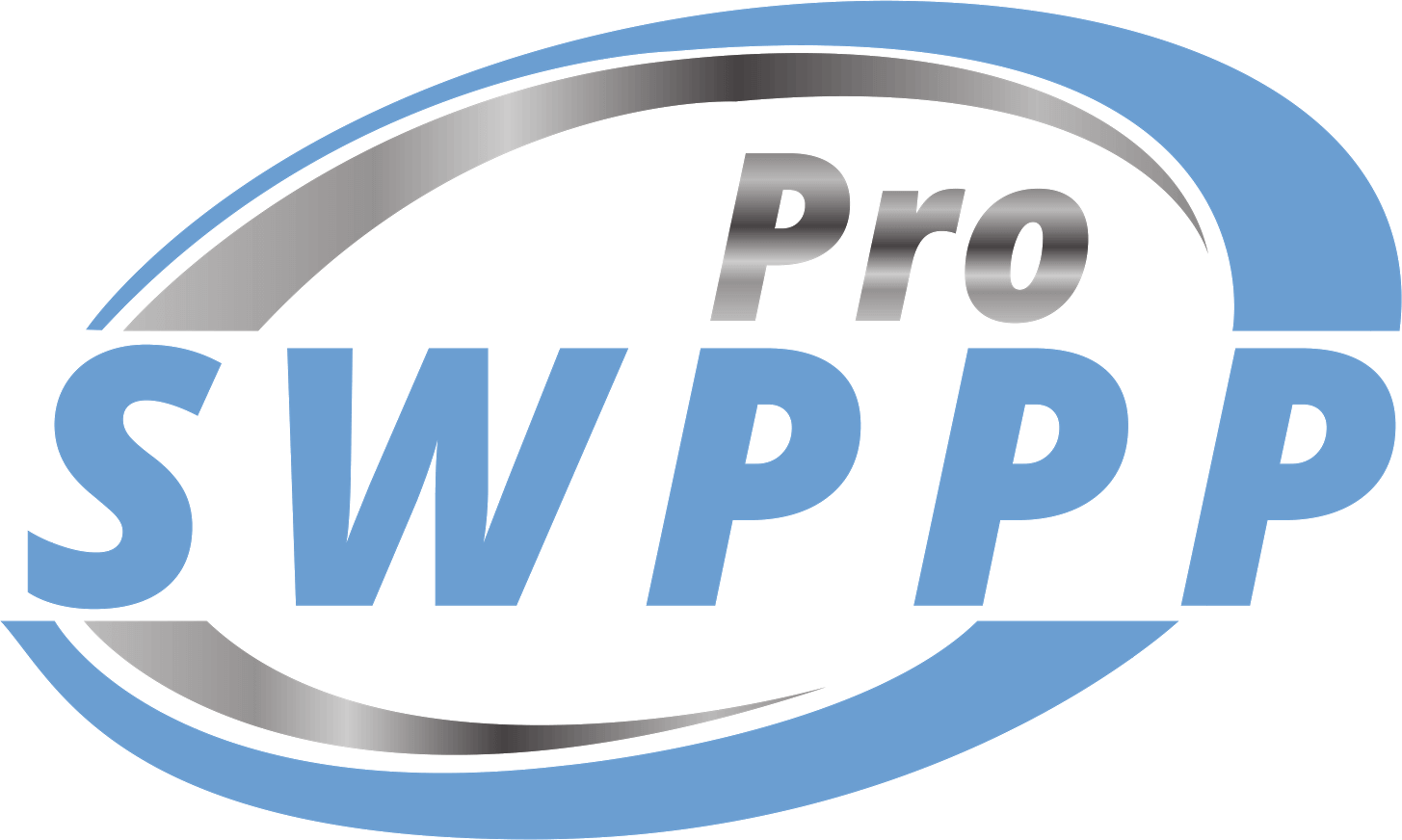Protecting our clean drinking water is a priority in Texas. Sensitive aquifers and essential development plans have to work in harmony to ensure we can keep our natural resources intact.
This is largely done through BMPs (best management practices) regulated by environmental programs in the state of Texas, but it can be difficult to understand which BMPs you need to implement to stay out of legal trouble and help protect our natural resources.
Today, we’re going to go over the 7 best management practices that you can use at your worksite in Texas to prevent stormwater pollution. It also helps when it comes to building your stormwater pollution prevention plan.
1: Maintaining Equipment
One of the simplest BMPs for stormwater pollution prevention is simply maintaining the equipment and any facilities used on the property.
While there are many factors that contribute to stormwater pollution, chemicals and debris that rainwater picks up due to leaking from poorly maintained equipment are a completely avoidable situation.
The best part is that this particular practice is something that directly helps the project and your company as a whole. It’s not simply a BMP that protects the environment, and it leads to better performance, fewer repair costs, and increased productivity, as well.
2: Housekeeping Practices
Few people would look at a construction site or similar work site and consider it a clean area in need of housekeeping, but that’s precisely what’s needed to reduce the risk of stormwater pollution and erosion.

It’s a simple practice, but ensuring that all trash, construction debris, materials, and other items are properly collected and removed each day is one of the best ways. It prevents a lot of the stormwater contamination that occurs at job sites.
It’s also easy to implement without costly measures or time-consuming practices.
3: Erosion Prevention Devices and Land Practices
Erosion is one of the biggest problems at a project site. As you remove plant life and trees, dig into hills, and perform similar parts of the land clearing process, you open the land up to accelerated erosion when it rains.
Erosion quickly wears away at the land until the natural barriers between stormwater and contaminants are greatly weakened. It becomes easier for pollutants to spread into aquifers or nearby lakes and streams because there isn’t as much plant life or soil there to stop them.
Ensuring that you leave plant life wherever possible, cut steppes into hills, and utilize available erosion prevention devices can greatly cut back on the erosion and the contamination that comes with it.
4: Sediment Control
As the land erodes due to construction, there’s more to worry about than just the weakened barrier between our resources and contaminants.
Sediment containing heavy metals, chemical contaminants, and a variety of other things that are destructive to our water sources is loosened as the ground erodes. As stormwater comes through, it picks up that loose sediment and pulls it into the water system.
Containing and managing sediment is crucial for stormwater pollution prevention. This can be done with a wide variety of sediment containment devices along key points of the land, practices to minimize sediment loss, and gathering loose sediment when needed.
5: Employee Education and Workplace Policies
Pretty much every great management plan starts with how the company instructs its employees. That’s the case with stormwater pollution prevention, as well.
Taking the time to not only implement job site policies that enforce good practices, but also to inform employees of the various minor practices they need to follow to do their part, greatly reduces the risk of pollution.

Something as simple as ensuring employees discard their lunch waste or work materials properly throughout the day can greatly reduce the number of contaminants present when stormwater becomes a problem. Your jobsite should have trash cans; this is where they dispose of their trash, not on the ground.
6: Proper Chemical and Material Disposal
Work sites are going to generate serious contaminants such as chemicals, fuel spills, and other things that can greatly impact our natural resources when stormwater hits the area.
One of the most crucial BMPs for managing your site’s impact on the environment is the proper disposal of each type of contaminant.
The requirements for disposing of serious contaminants vary depending on what the contaminant is, but following the established protocols and utilizing qualified disposal services makes it simple.
7: Prioritizing Reporting
Even with all of these plans implemented and many more, it’s inevitable that there will eventually be a contamination problem. Whether that means a piece of equipment breaks and spills oil everywhere, or a bad storm scatters debris, there has to be proper BMPs in place to handle those situations effectively.
For the most part, this is going to include proper reporting on top of your efforts to accurately record and contain the event.
Reporting your contamination events can seem daunting or as if it will cause serious consequences, but you’ll find that the organizations in charge of handling these issues are more than understanding.
Having the appropriate agencies listed and readily available for supervisors to contact, and properly teaching employees at all levels how to react to these unexpected events, is crucial for ensuring you create an effective BMP to remain compliant. Every good plan has a plan B in case things go wrong.
Get Professional Help Forming Your BMPs for Texas Stormwater Pollution Prevention
Doing your part to both help our natural resources thrive and remain compliant with state regulations can be complicated. There are many rules and guidelines for you to follow, and they’re not documented in a user-friendly manner.
Luckily, you don’t have to navigate this complicated system on your own.
If you’re looking to utilize premier SWPPP services and prevent polluting our Texas water resources, contact Pro SWPPP.
We’ll help you develop compliant plans and communicate with the regulatory agencies effectively.

